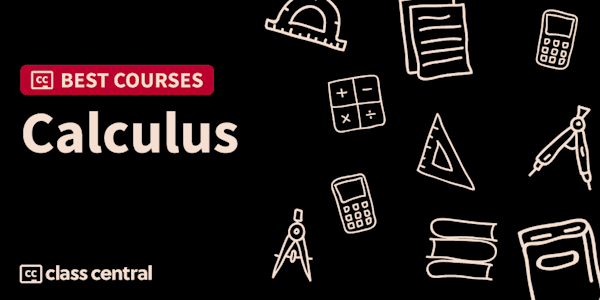Overview
Syllabus
CONTENT SUMMARY: pg 1: @ a bit of review; matrix/vector multiplication; define a mapping/function/transformation; A linear transformation;
pg 2: @ proof of transformation linearity;
pg 3: @05:25 rule implied by knowledge of linearity; mapped base vectors; area dilation factor @;
pg 4: @ determining how the basis vectors transform; The columns of the transformation matrix are the transformations of the basis vectors;
pg 5: @ examples;
pg 6: @ example continued; rotations; unit circle; rotation matrix;
pg 7: @ rotations by 30degree's, 45degree's, 60degree's
pg 8: @ some trig identities; exercise 3.1
pg 9: @ Rational parametrization; alternate rotation matrix; exercise
pg 10: @ reflection
pg 11: @ reflection continued; Composition of linear transformations
pg 12: @ example: rotation/reflection composition
pg 13: @ example continued;
pg 14: @ Linear approximations to non-linear maps; globally nonlinear/locally approx._linear; differential calculus mentioned;
pg 15: @ example of linear approx. to non-linear map; Leibniz's notation;
pg 16: @50:28 example continued; the derivative matrix at a point; Lesson derivatives are linear transformations @ ;
pg 17: @ exercises 7.3-4 ;
pg 18: @ exercises 7.5-7 ; THANKS to EmptySpaceEnterprise
Taught by
Insights into Mathematics

